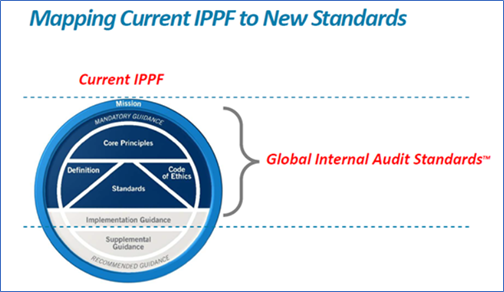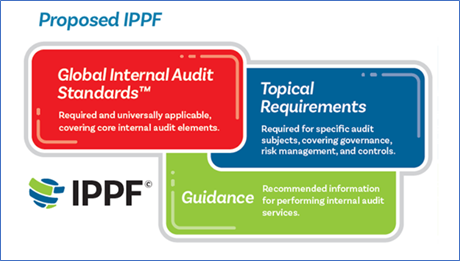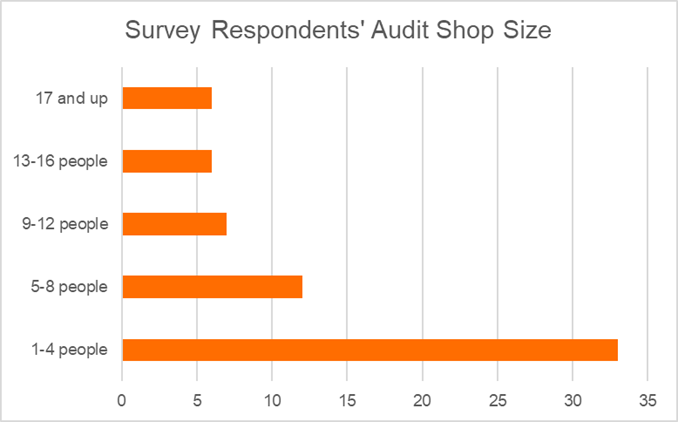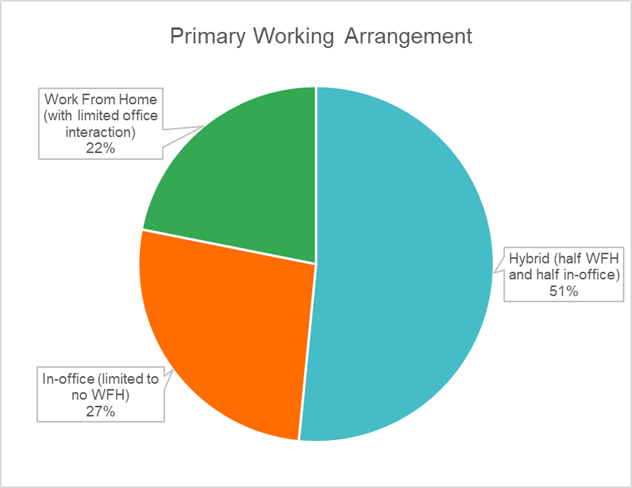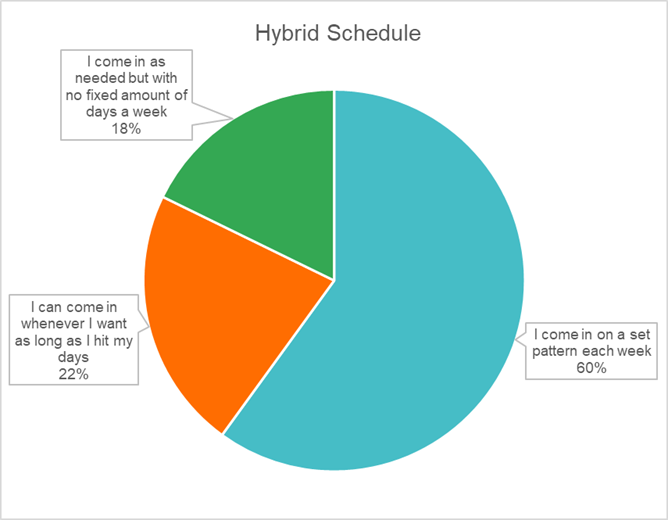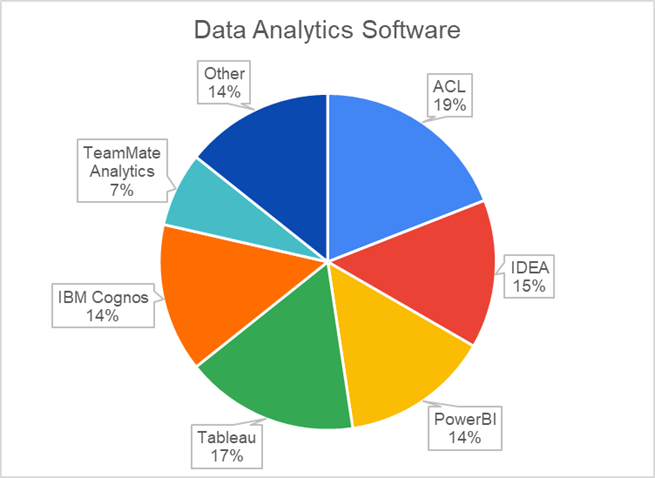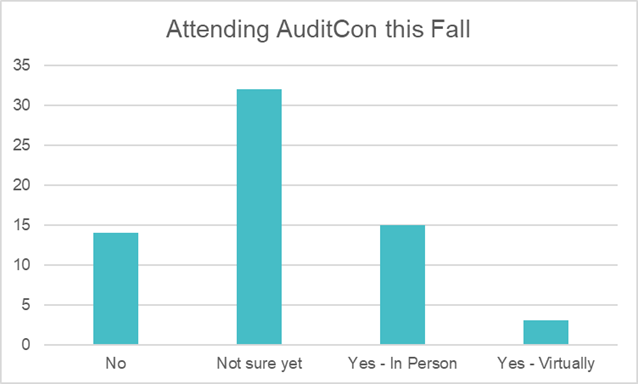Share Your Expertise: ACUA Mentorship Program
The ACUA mentorship program is in its 7th year of pairing those new to internal audit, higher education, and/or seeking professional development with experienced ACUA mentors. The program promotes networking, sharing knowledge, and professional growth, and is a no-cost member benefit. There are currently eighteen pairings for this fiscal year. Once a mentee is matched with a mentor, the two usually meet at AuditCon or virtually to start their fiscal year commitment, which often includes monthly or bimonthly meetings.
Patrick McKinney, Director of Internal Audit at The University of Texas, is the new director of the program and is in charge of matching mentee applicants with mentors. Mentees complete a questionnaire that includes key interest areas, such as creating audit plans, audit program management, creating a new audit function, and working with senior management). Mentors also complete an application that lists their strengths, time availability, institution type and size, and information about past experience. The program is currently in need of additional mentors.
“Give it a Shot.”
New mentor Matt Walsh, Audit Director at Texas Tech, wasn’t sure what to expect from the program. He volunteered because he wanted to give back to his profession and get more involved with ACUA. He met his mentee, who was new to internal audit, on a Zoom call. Walsh asked what she wanted to get out of the program, which was to learn more about career progression and the path he had taken. With 10 years of audit experience, mentoring turned out to be second nature for Walsh.
They established monthly meetings to talk about career paths and her projects at a high level, staying away from specific advice and project details that could affect confidentiality. While a mentor can share ideas on projects, it is encouraged to guide mentees to their supervisors for specific implementation advice.
It is also important to steer a mentee away from complaining about their job and keep the conversation positive. A good mentor can turn the conversation around and ask what the mentee can do to improve the situation. Walsh never experienced complaining and said they had productive conversations with each meeting.
Walsh’s mentee left internal audit during the program, but he is eager to work with a new mentee in the next year. “Mentors don’t have to have experience mentoring,” Walsh said, “they just need job experience. Find out what the mentee needs and go from there.” For those considering becoming a mentor, Walsh says, “Give it a shot. It’s a great way to give back to the profession without a huge time commitment, and a good way to network.”
From Mentee to Mentor
Andre’ McMillan, Associate Director at the University of Delaware, first learned about the mentorship program through the ACUA president who paired him up with a former ACUA member from the University of Alaska. A staff member at the time, McMillan wanted input on career coaching and to better understand the industry. His mentor shared her higher education experiences with him and gave him a better understanding of what his boss was looking for in a rising leader.
The next year McMillan re-applied for the program with a different goal in mind. He had just been promoted to Associate Director and wanted to learn more about effective leadership. With his mentor’s guidance, he learned positive ways to coach his staff members, how to train and develop new staff, and learned tips on assigning work and handling promotions and disciplinary situations. Together they set goals which McMillan shared with his director.
For McMillan, the results were immediate. His mentors asked him about his goals and what he wanted to get out of the program, then established a regular meeting schedule to make mentoring a priority. He was also encouraged to reach out to his mentor on an ad hoc basis when needed. He felt comfortable with the one-on-one interaction, noting it was helpful to get an outside opinion on topics that could not easily be discussed with a direct supervisor.
This year McMillan decided to take the next step and become a mentor himself, paired with new internal auditor Brandi Fleck from the University of Oregon. He took his own mentor’s advice and listened to her needs and set up monthly Zoom meetings for their discussions.
Personalized Support
Fleck was encouraged to apply for an ACUA mentor. While Fleck had worked in research compliance for 4 years, she was new in the internal audit department shop of four employees. She was most interested in learning different methods of auditing, getting a variety of perspectives, discovering career paths, and learning ways to get involved with ACUA. Fleck met her mentor McMillan for the first time at the 2022 Audit Con in Las Vegas.
She first wanted to discuss her current audit work with her mentor. While maintaining confidentiality, she would ask McMillan questions about performing everyday work such as developing a work plan and documenting workpapers. McMillan would ask open ended questions like what is the objective, what is the control, and how can you test the control. She asked for McMillan’s opinion on how to sample non-salary payments between different departments, and McMillan shared some ideas with her. Having a mentor is not a substitute for your own supervisor, but Fleck said it helped to gain a different perspective and bring back ideas to her own department.
McMillan also shared his experiences with professional development. Fleck learned tips on how to work with difficult clients and how to not take things personally after a difficult encounter. McMillan has encouraged her to take the CIA exam and Fleck has started studying for part one.
For those unsure about starting a mentor/mentee relationship, Fleck says to, “Go for it! It’s a great way to connect and develop relationships outside of your university and to get personalized help.”
Expand ACUA Involvement
Another benefit of the program is learning how to become more involved with ACUA. McMillan has been on the Marketing Task Force and the Communications Committee, and even participated on an external quality assessment review (QAR) through ACUA. Fleck has joined the Diversity and Inclusion Committee at ACUA.
All of our mentors and mentees expressed comfort in their relationships and agree there are great people at ACUA who are committed to helping each other and share a responsibility to the profession. While there is a one-year commitment for the mentee/mentor relationship, most pairs continue to keep in touch well after that period, and the benefits can last a lifetime.
The mentorship committee will begin advertising and seeking next year’s mentors and mentees early this summer. Be on the lookout for additional information in your email, Connect ACUA, and the ACUA website. You can also reach out directly to Patrick McKinney at 512-471-0663 or Patrick.mckinney@austin.utexas.edu with any questions you may have.

